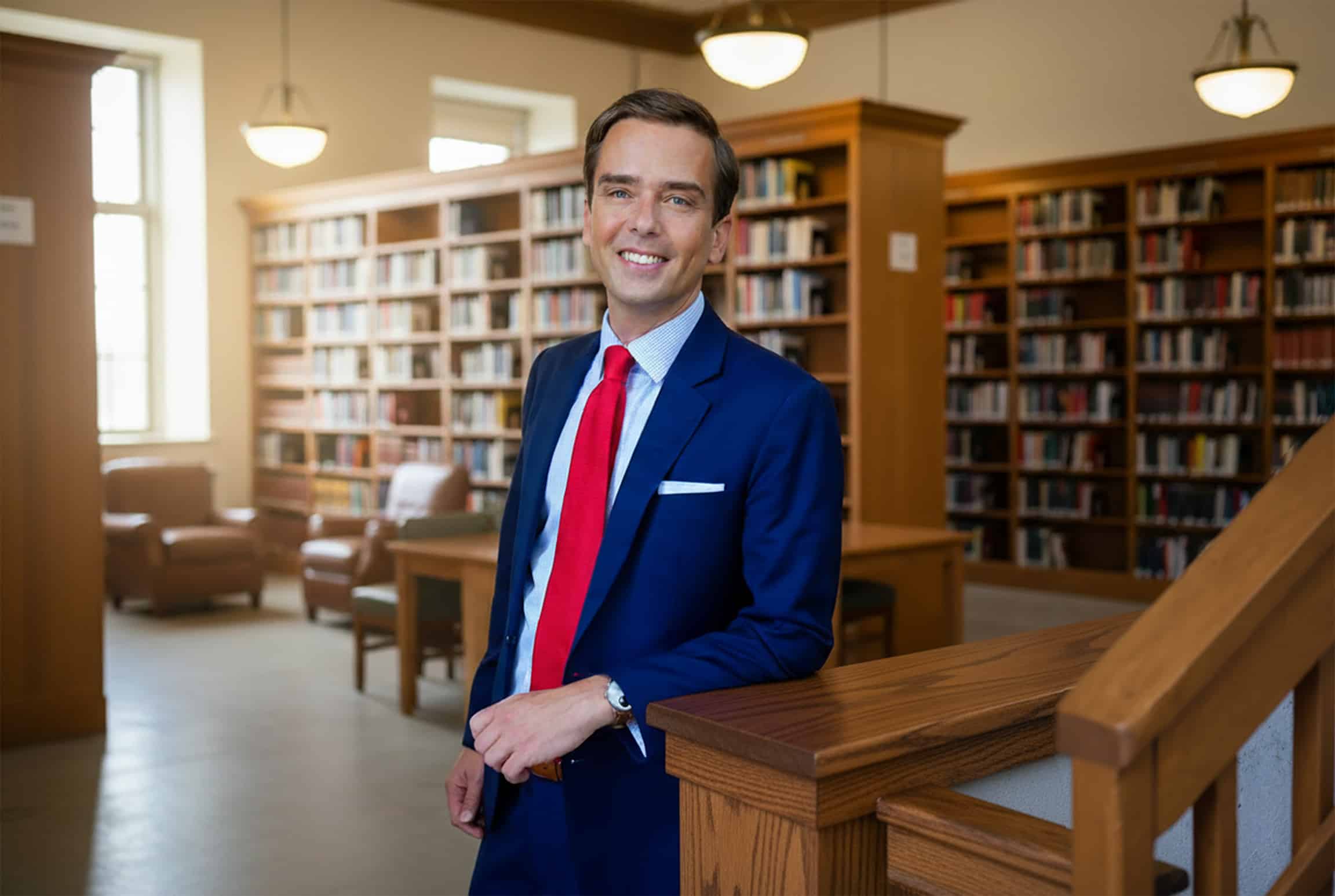
In a case that could reshape how we view self-driving vehicles and the role of autonomous driving, Tesla Inc. is in the spotlight again. This time, the focus is a rare federal jury trial taking place in Miami, centered on a tragic 2019 crash involving a Tesla Model S and the death of 22-year-old Naibel Benavides Leon. The incident raises pressing questions about driver-assistance systems, autonomous vehicle liability, and punitive damages.
The Tragedy: A Stargazing Night Turns Deadly
It was a peaceful April night near Key Largo, a stretch of the Florida Keys, when Benavides and her boyfriend stepped out to admire the stars. Moments later, a Tesla Model S barreled through a stop sign at a T-intersection, striking a parked Chevy Tahoe. The Tesla’s Autopilot was allegedly engaged, yet failed to prevent the collision. Witnesses say the vehicle was moving at nearly 70 mph,despite safety protocols, collision detection, and automatic emergency braking features supposedly active.
Benavides was thrown 75 feet into the woods and died on impact. Her boyfriend suffered life-altering injuries. The driver, George McGee, admitted distraction while reaching for his phone. His personal case has been settled, but now Tesla’s Autopilot, not McGee, is on trial.
What the Lawsuit Alleges
The 2021 lawsuit accuses Tesla of failing to ensure vehicle safety and proper driver supervision while promoting a driver-assist system as if it were fully autonomous. According to the claim, the tesla Autopilot system should have used collision avoidance and emergency braking to prevent the crash, but did not.
Evidence suggests that while Tesla’s driver-assistance software detected the obstacle, it didn’t activate any meaningful safety features. The plaintiffs argue Tesla knew about these problems yet continued to market the software under misleading terms like Full Self-Driving and Autopilot mode.
Tesla’s critics say the company has created confusion between self-driving cars and driver-assistance technology. By allowing autopilot activation on any road, including rural ones, the company failed to geofence or limit use to areas where the system could perform properly.
Tesla’s Defense: Blame the Human, Not the Car
Tesla denies all charges. They argue that Tesla vehicles are equipped with sufficient driver monitoring features, and that the crash was due to human distraction, not technology. They maintain that Tesla’s Autopilot is not truly autonomous,it’s a semi-autonomous feature, and that driver-assistance systems require a human behind the wheel at all times.
Tesla also disputes the idea of legal liabilities, stating that McGee was responsible. Yet, this runs counter to years of tech news, social media campaigns, and Tesla robotaxis promises that painted a future of autonomous miles and driverless taxis.
Judge Rules on Punitive Damages
In a key ruling, U.S. District Judge Beth Bloom allowed the jury to consider punitive damages. Though she dismissed claims like defective manufacturing, she noted Tesla may have acted with “reckless disregard for human life.”
This introduces a possible legal precedent for how courts address autonomous driving technology and corporate accountability. A verdict in favor of the plaintiffs could shake the product liability landscape and push for tighter regulatory frameworks.
Federal Investigations and Broader Implications
This trial is not happening in isolation. In 2023, federal regulators from NHTSA recalled over 2 million Teslas due to safety defects in the autopilot system. These included failure to enforce proper driver-assistance technology and adaptive cruise control limitations.
Other fatal crashes, such as the one involving Walter Huang, further heightened scrutiny. As the pressure builds, some worry about the regulatory impact and public trust in self-driving technology.
Geofencing: A Design Flaw?
The plaintiffs argue Tesla should have used geographic limits or geofencing to restrict Autopilot to Model S, Model 3, and Model Y SUVs on major highways,roads that meet required safety standards. The decision to allow Autopilot anywhere shows a company prioritizing growth and product leaders over consumer education and public safety.
Tesla’s competitors, in contrast, design autonomous driving systems with built-in boundaries. This trial suggests Tesla’s approach is not just different,it may be dangerous.
The Bellwether Moment: A Case That Could Change Everything
As self-driving vehicles continue to hit American roads, the need for solid regulatory measures and legal clarity grows. Whether it’s machine learning, ultrasonic sensors, or dashcam footage, the layers of tech complicate accountability.
This trial might shape how future liability cases and autonomous trips are litigated. If Tesla loses, it could unleash lawsuits nationwide, especially in U.S. District Courts evaluating product liability tied to driver-assistance systems and safety benefits.
